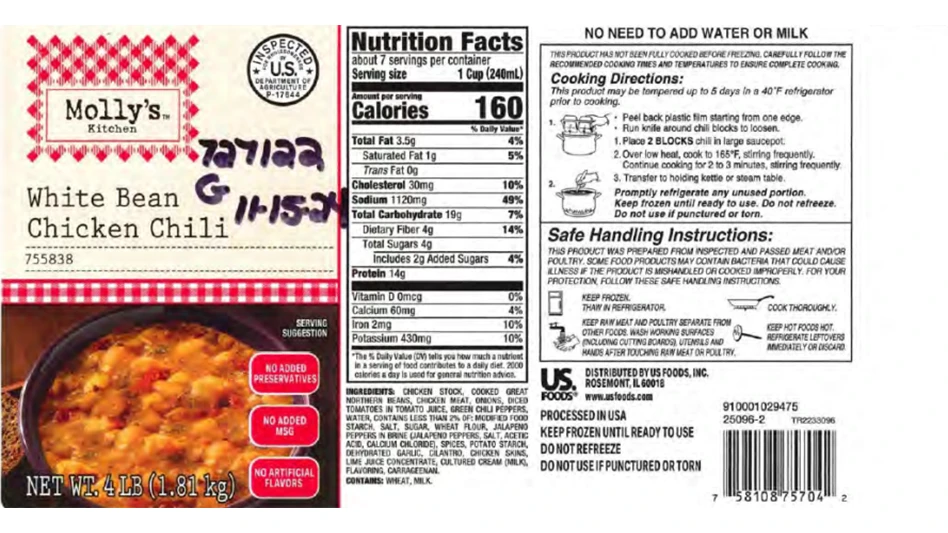Driven primarily by changing consumer demographics, perceptions, priorities, and affluence levels, the global snack foods market is forecast to reach $334 billion and 48.5 million tons in volume by the year 2015, according to a report by Global Industry Analysts, Inc.
Today’s hectic lifestyles that leave little time for elaborate family meals have paved the way for convenient, tasty and healthy snack foods that serve as both appetizers as well as complete meals, the report states. With this, strong opportunities exist for slim, lean, fat-free, and guilt-free snacks; innovation in terms of packaging, flavors, and convenience will continue to be major growth drivers; and previously unexplored markets such as Asia Pacific, Latin America, and Eastern Europe represent huge potential for future expansion.
The Global Forecast.
Powered by demand from major markets such as the United Kingdom, Germany, France, Spain, and Russia, Europe represents the largest market for snack foods, in value terms. The U.S. and Latin America trail behind, while the Asia-Pacific region is slated to charge ahead with the overall fastest compounded annual growth rate of about six percent through 2015.
According to the report, the global economic crisis of 2008-09 had little impact on the snack food market. Even through the years 2008 and 2009, when recession had its greatest impact, the market for snack foods continued to grow, although at a reduced pace.
Markets worldwide then witnessed a quick rebound in 2010, resuming near normal, pre-crisis level growth rates. Robust growth rates, even higher than those in pre-crisis years, are also forecast in the near term as the market gears up for full-scale expansion. Strong dollar growth is expected to stem from the snack nuts and tortilla and corn chips snacks markets, with Asia-Pacific and Latin American regions leading the growth, and rates averaging six to seven percent for both segments over the analysis period. Potato chips, tortilla and corn chips, and meat snacks represent the largest selling product segments within the salted snacks product group.
Gains were recorded not only in the U.S. and Europe but also in the growing regions of Asia-Pacific and Latin America. With globalization of brands and products, consumers in the developing world have caught up with their western counterparts. Easy on-the-go portable packages, such as stand-up pouches, single-serve/bite-sized packs, resealable bags, and finger-hugging canisters are expected to emerge as major product variables for commercial success.
Growth by Product.
By product group, bakery snacks represents the largest product segment, while the salted snacks category assumes special importance not only in terms of large market standing, but also the potential to advance market growth at the highest rate of about six percent over the analysis period.
Meanwhile, the fast fading line between meals and snacks is churning out opportunities for snacking. Health-driven snackers are increasing demand for healthy, low-fat, low-calorie, organic, fiber-rich, and vitamin- and mineral-fortified snacks, while carefree snackers are increasing demand for diverse taste and flavor profiles.
With obesity percentages increasing alarmingly, food marketers with global profiles have begun significantly lowering the fat content in their product offerings. Continuous innovations in flavors and tastes, especially exotic and sophisticated flavors, are expected to help the market score huge gains in the upcoming years as, recession or not, consumers rarely compromise on taste and flavor. With a growing percentage of the global population in both developed and developing countries eating fewer full meals and indulging more on snacks, the sector is encroaching on the territory of convenient breakfast and dinner solutions.
Other notable report findings include:
- Fruit snacks and nuts are expected to achieve further sophistication and improve market share, which could be mainly attributed to their inherent health benefits. The wholesomeness of nuts, which are rich in unsaturated fats, antioxidants, and omega-3 fatty acids is expected to spruce up market opportunities in the snack nuts category of salted snacks.
- The rise in popularity of protein-rich diets is expected to take demand for meat-based snacks to a new high. Stringent regulations on labeling of trans-fat content in packaged foods in the developed markets are additionally expected to drive the popularity of trans-fatty acid (TFA)-free snack products.
- Due to a rise in health consciousness, consumers are favoring savory snacks with lower levels of salt, thus producers are taking on the initiative to lower sodium content in products through salt-reduction technologies at the manufacturing level.
- Healthy cereal bars, which fall under the category of alternative snacks, are also luring more consumers. This inexpensive alternative to a meal is seeing an increasing number of takers as its healthy positioning continues to entice consumers.
- In addition, the marketplace holds tremendous potential for gluten-free products.
The full report, “Snack Foods: A Global Strategic Business Report,” is available at http://www.strategyr.com/Snack_Foods_Market_Report.asp.

Explore the April 2011 Issue
Check out more from this issue and find your next story to read.
Latest from Quality Assurance & Food Safety
- Taylor Farms Linked to Romaine E. coli Outbreak as Marler Clark Files Multiple Lawsuits Against Supplier
- IAFNS Announces Winners of Emerging Leader Awards for Food Safety, Nutrition
- FDA Shares Testing Results for PFAS in Bottled Water
- Provision Analytics Adds Food Safety Expert Jennifer Williams to Strategic Advisory Group
- Boston Sword & Tuna Protects Seafood Safety with Mettler-Toledo Metal Detectors
- IFT Releases New Resources to Aid Food and Beverage Industry in Sugar Reduction
- Yum! Brands CEO David Gibbs to Retire in 2026
- Penn State Extension Offers Short Course on Food Microbiology and Safety for Food Plant Workers





